Do you have a child who is starting preschool this fall? As a preschool teacher I am often asked, “What does school readiness look like for a 3- or 4-year-old? How can I best prepare for this transition?” We hear a lot about kindergarten readiness — do children know their letters, numbers and how to tie their shoes? What academic skills will best prepare them for school success?
But what about preschool readiness? Do preschoolers need to know the alphabet or how to count to 10 in order to be ready for school? Nope! Rest assured early childhood educators are not concerned about academic skills for incoming students. Rather, preschool readiness is about creating a tool box for both parent and child that will make this big transition go smoothly.
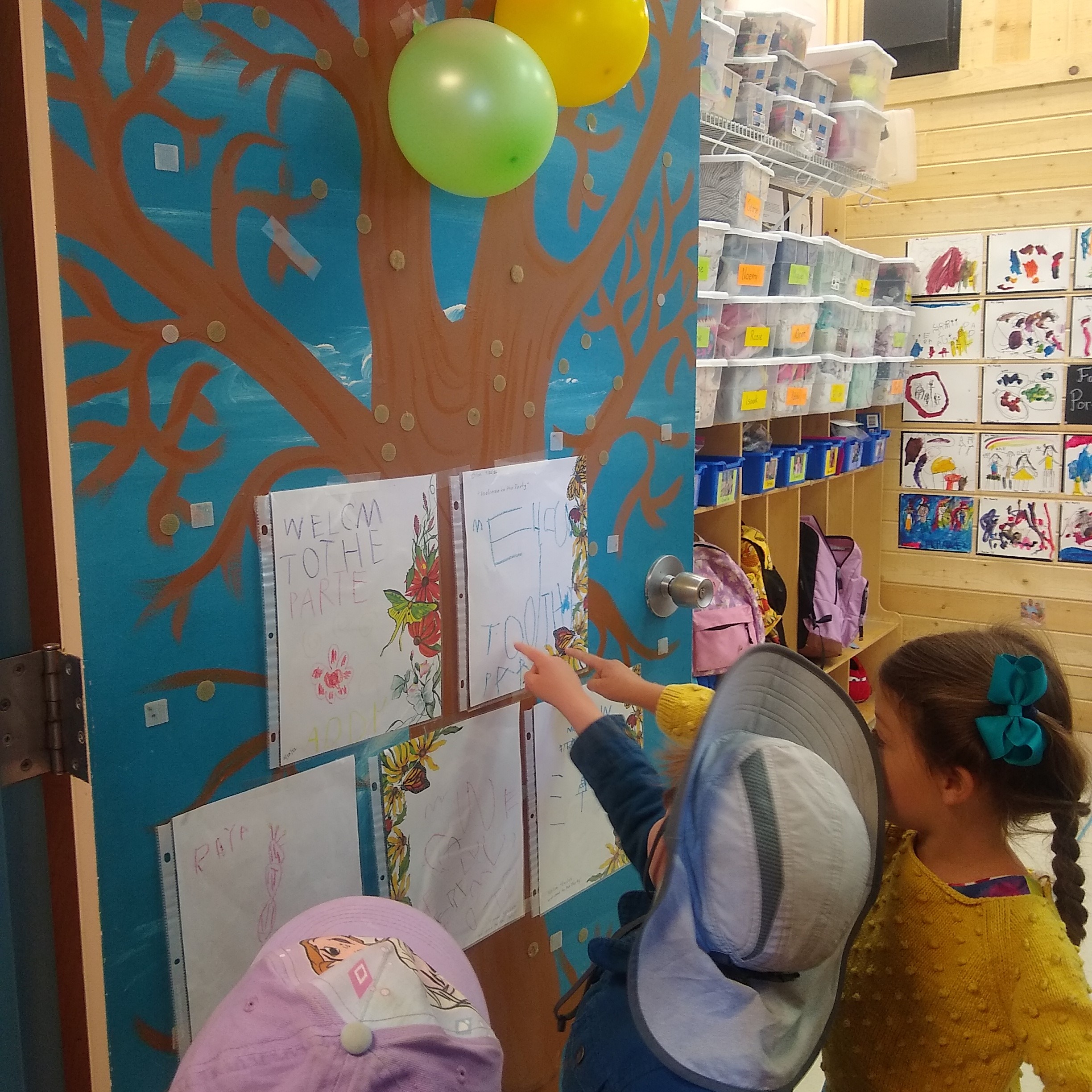
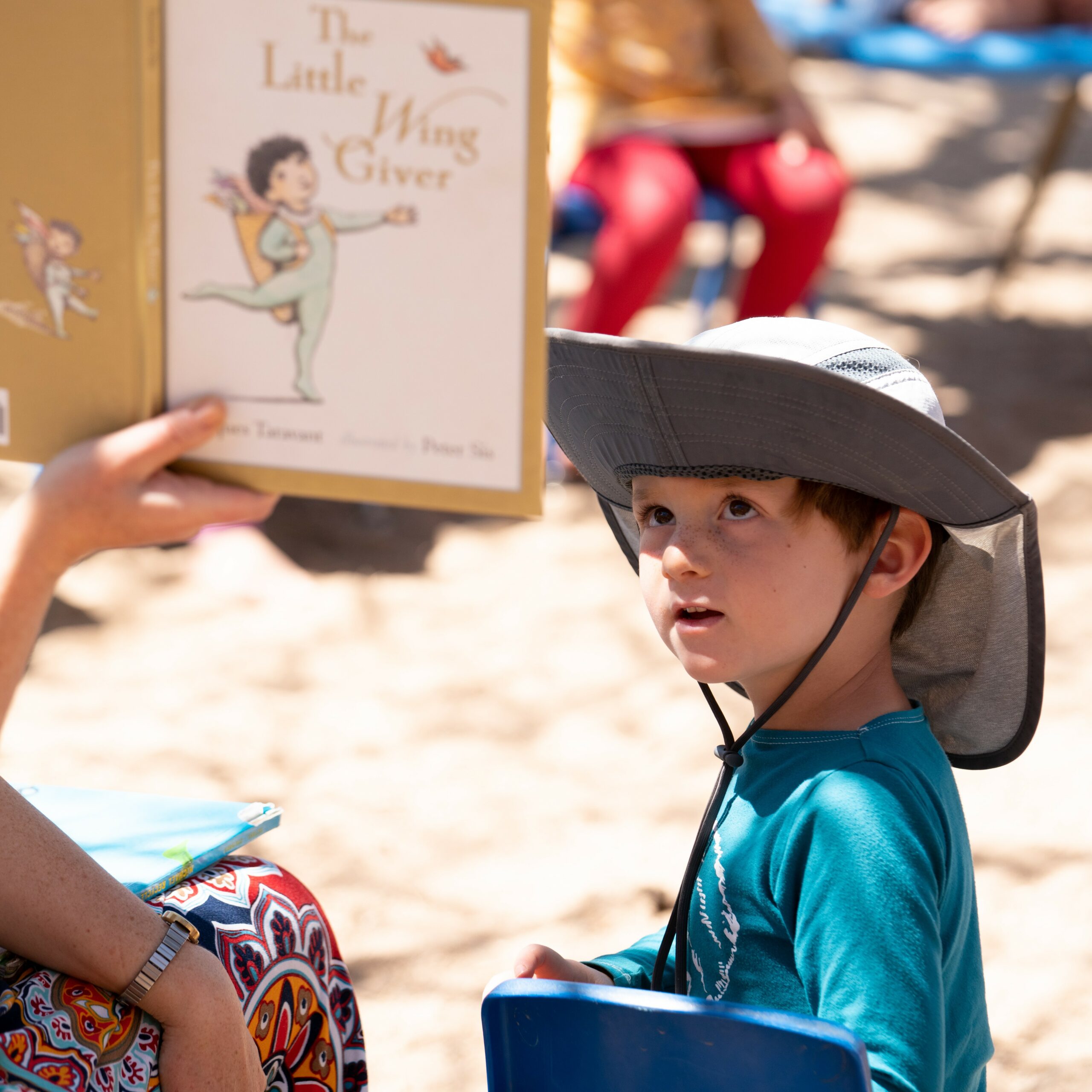
In the months before school begins
If this will be your child’s first school experience, spend time connecting with children and families over the summer — parent-and-me dance classes, story time at the library, park playdates, etc. Your child will begin to experience developing friendships and learning from new adults. It will also give them some practice in learning new rules and routines and help get them excited for school.
Some programs allow incoming families to make a few visits before the school year begins. Connecting to their new school and teacher can reduce anxiety for many children as it gives a blueprint for what to expect and offers a sense of familiarity on that first day.
A few weeks before
Mark the first day of school on the calendar for your child to see. Preschool-aged children have not yet developed an understanding of time and need concrete markers for upcoming events. Show your child the start date just a week or so before school begins so they aren’t wondering all summer if tomorrow is their first day.
Allow your child to pick out a lunch box, water bottle and/or backpack for their new school. If the program allows a stuffed animal or comfort object from home, allow them to decide what special something they will bring. Inviting children into the school readiness process will help them to feel a sense of security and ownership over such a big change.
Establish a set routine at home. Ask the preschool program if they can share their daily schedule, and see how you can best match it. Consistent routines between home and school help set children up for success for both environments; it takes the guesswork out of the timing of the day, which in turn can help children self regulate as they transition from one activity to the next. A school schedule may be more fixed than what you can realistically do at home, but try to set up a similar routine.
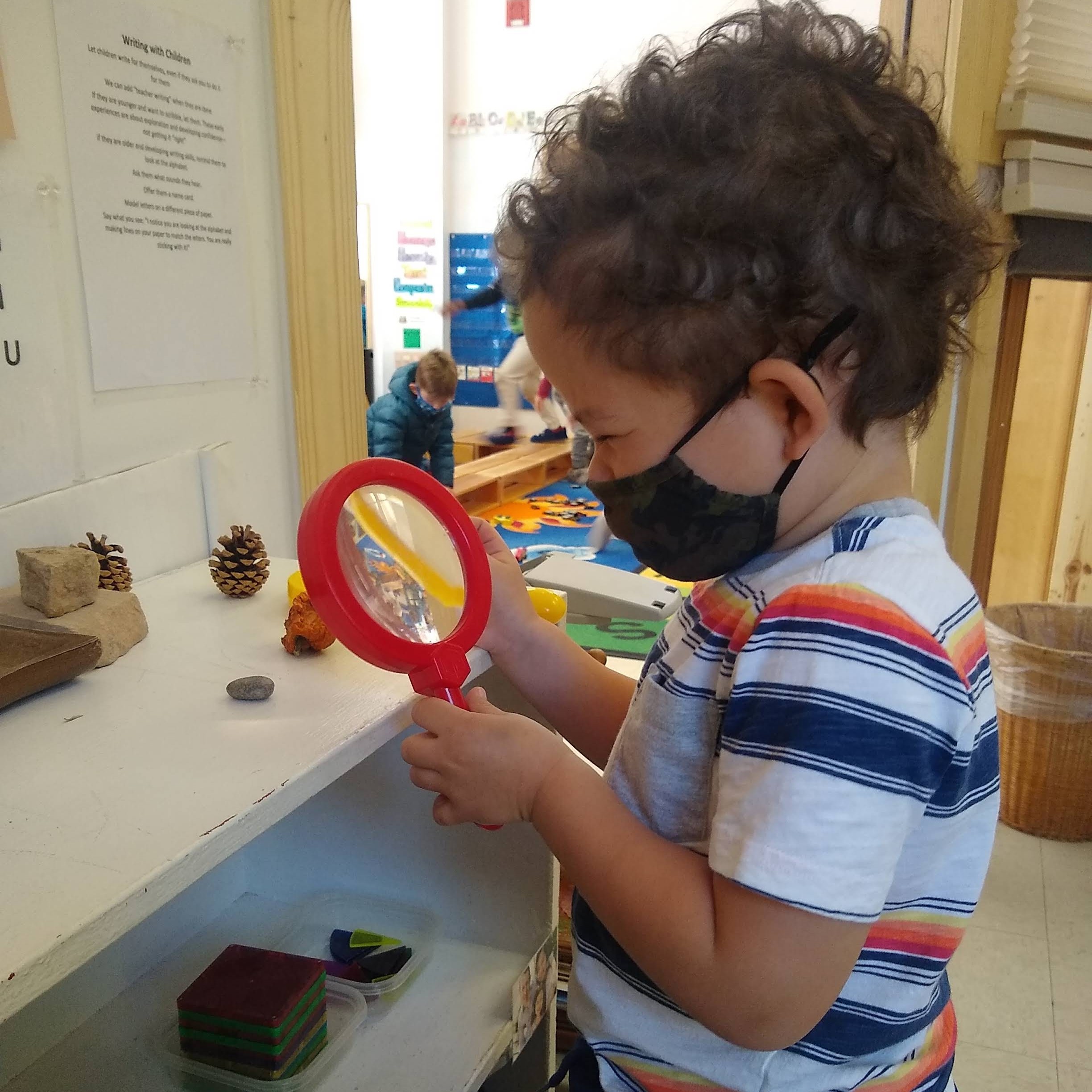
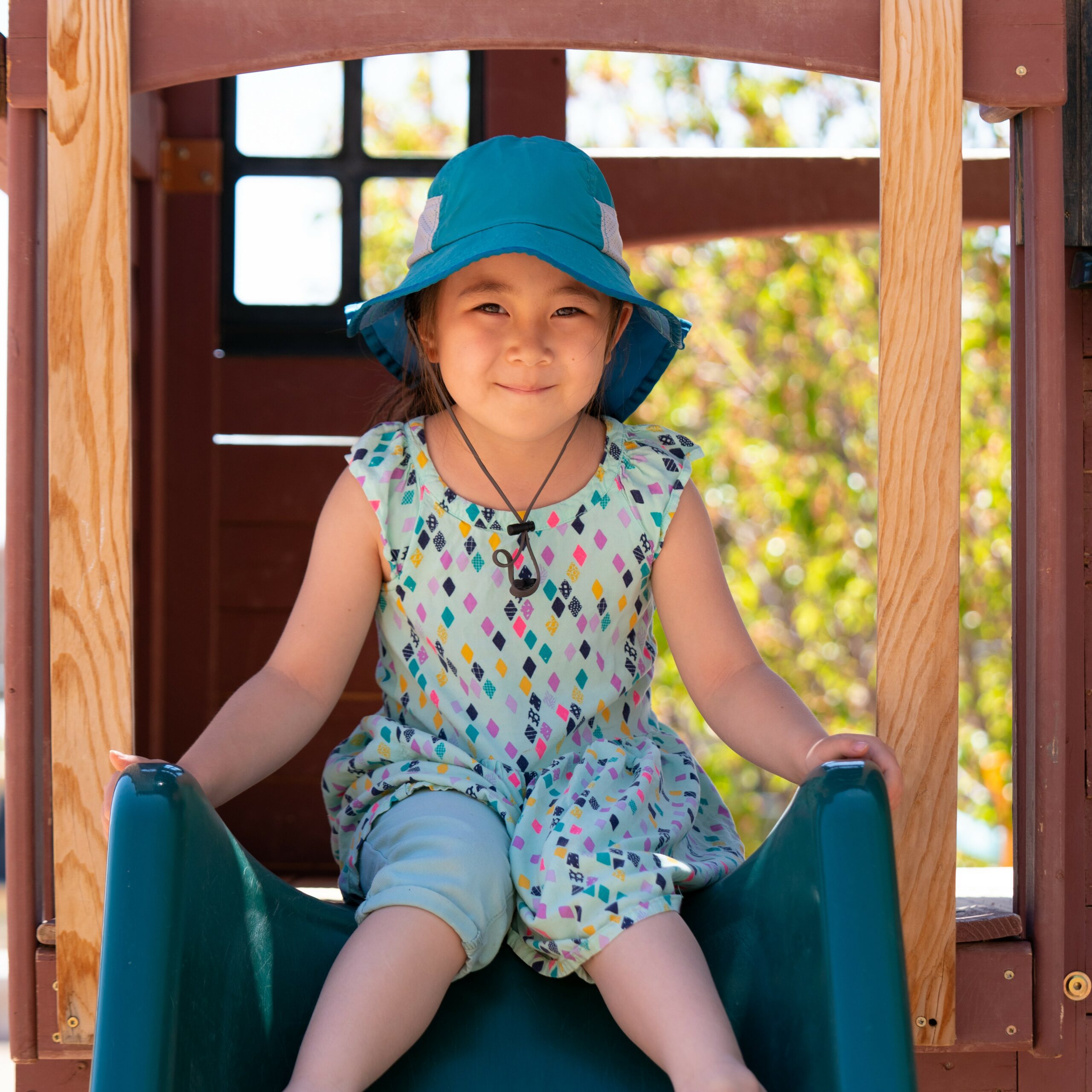
In the days before
Do some theater at home. Have you ever done a “stuffy story” before? Get a few favorite stuffed animals and do a little story about going to school for the first time. Maybe one of the stuffed animals is a little scared, maybe one is excited. Your child will likely tell the stuffed animals how they are feeling about their first day of school, and you in turn can help them move through their feelings. Stuffy stories and puppet shows help children to see themselves and their strengths and challenges objectively, and this can help children voice their feelings and needs. I’ve used stuffy stories to wean my son from breastfeeding, get him ready for day care, and talk about big feelings. Not comfortable with making up your own stories? There are many books that address the first day of school,e.g. Franklin Goes to School by Paulette Bourgeois, and The Kissing Hand by Audrey Penn.
Also, watch how you talk about this new transition in front of your child. Our children are experts at picking up on our feelings and anxieties and fill in the blanks when we aren’t direct with them. While you want to prepare your child for school, you don’t want to focus on this new transition so much that they begin to dread it. Talk about the first day of school like you would an upcoming trip — be excited, be prepared, and stay in the moment as much as you can.
Establish a goodbye routine with your child. The two of you can brainstorm how you want to say goodbye. Three hugs and two kisses? A big bear hug followed by a push on the swing? Once you’ve decided on your routine, stick to it. The two of you can always change it later on but keep it consistent for a few weeks. It will make the goodbye routine predictable and comforting.
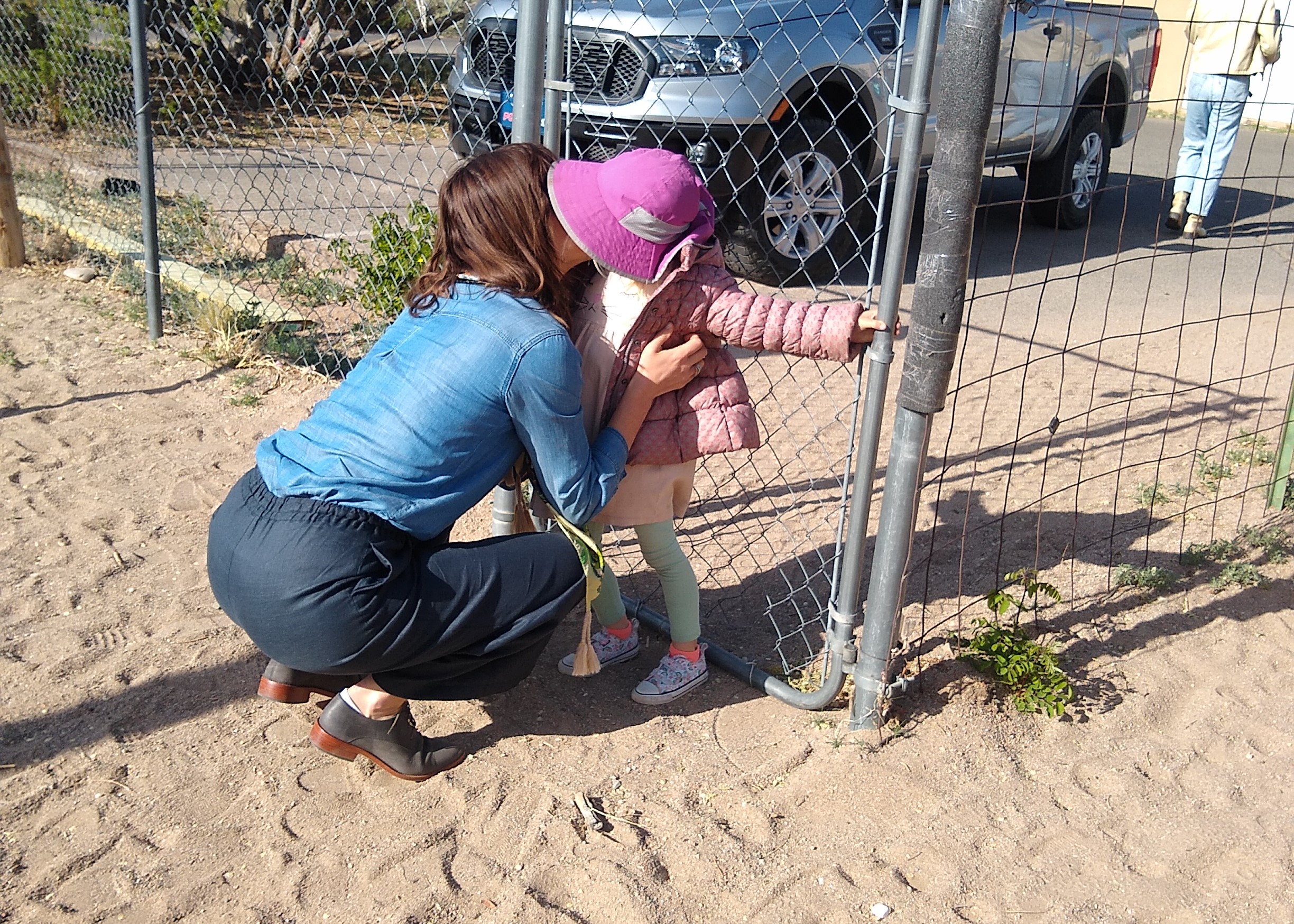
Saying goodbye on the first day
Your child may feel excited. They may feel scared or worried or a combination of all three. You’ve done everything you can to prepare them for this first day. It still might be a tough goodbye, and that’s OK! We can set up our children for success and still hold space for their big feelings on that first day.
If you are invited to stay a little longer on the first day, go ahead and do so, but when it is time to leave be clear with your child that you are going. Don’t sneak out if they are distracted with an activity. Once they realize you are gone, there will be tears, and they may be especially anxious about drop-off going forward.
Ask a teacher for help to hold your child after you say goodbye. Once those tears start flowing or your child begs you to stay, it may be tempting to give in to your child. Don’t do it! Saying a calm and confident goodbye gives your child the message that they are safe. Smile, tell them you love them, and then go. Once you get to your car, let the tears flow! You may be having your own emotional process, and that’s OK. I’ve been there! Ask your child’s teacher to let you know when they have calmed down, so you will be assured they are doing well.
Remember, it takes about three weeks for preschool children to adjust to a new routine. The first few days and weeks may have more tears than you were expecting. Keep communication open with classroom teacher(s), and they will let you know if something needs to be adjusted. In the meantime, trust the process, and don’t forget to take some pictures! This is a huge milestone for the whole family.
Aurora Hvidsten teaches preschool/preK students at Santa Fe School for the Arts & Sciences.
This Layout Is Built With Divi
Edit With The Divi Builder


